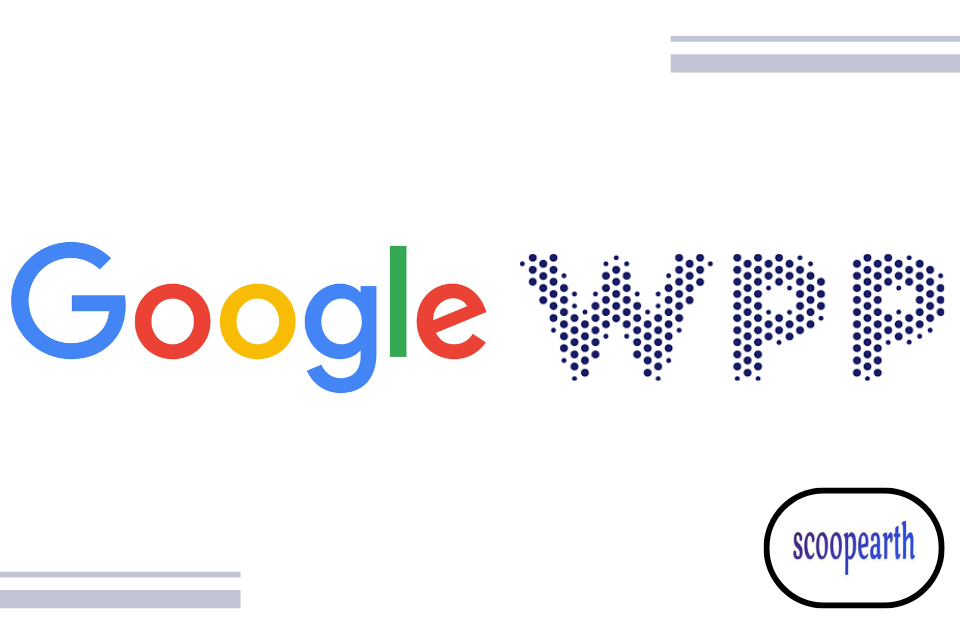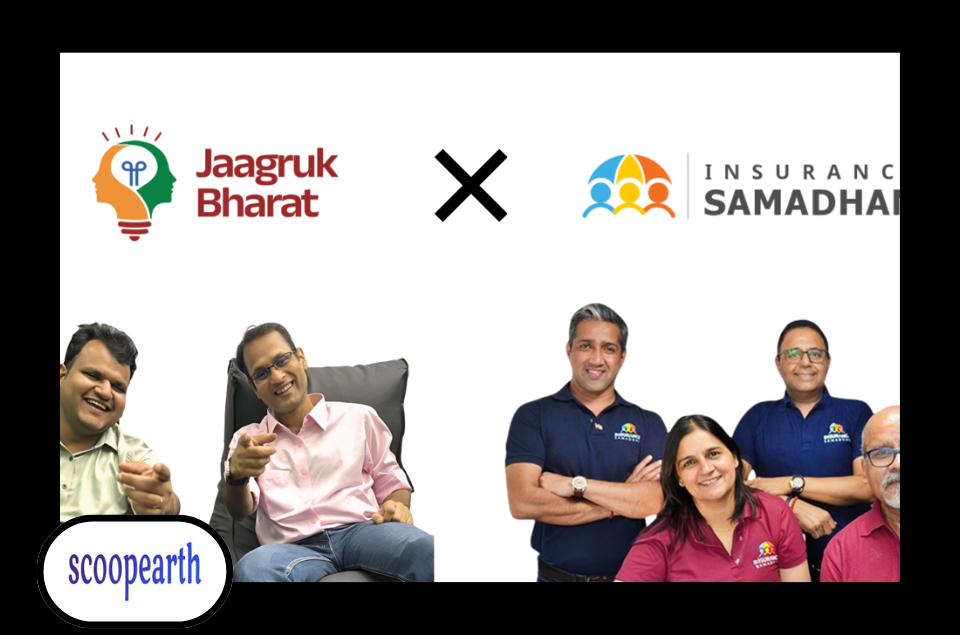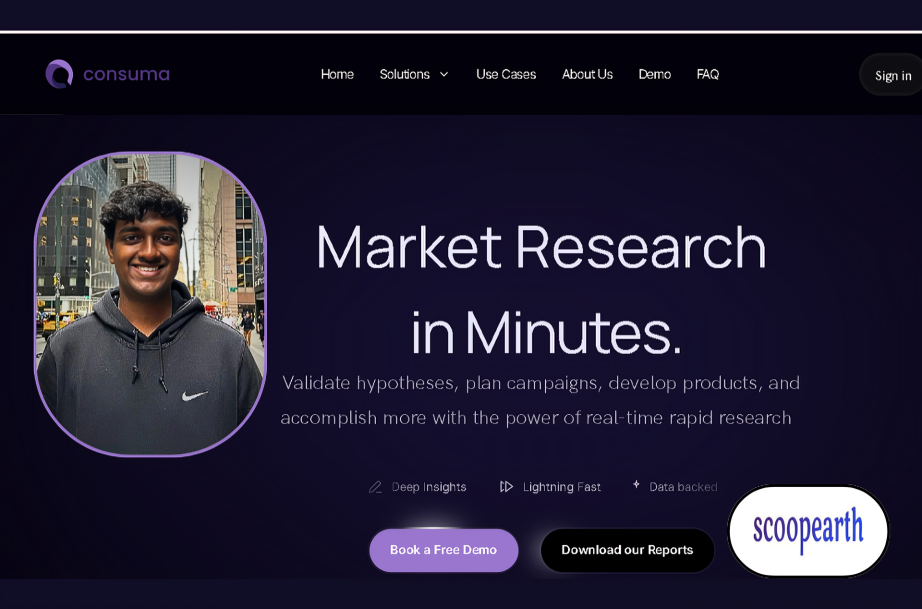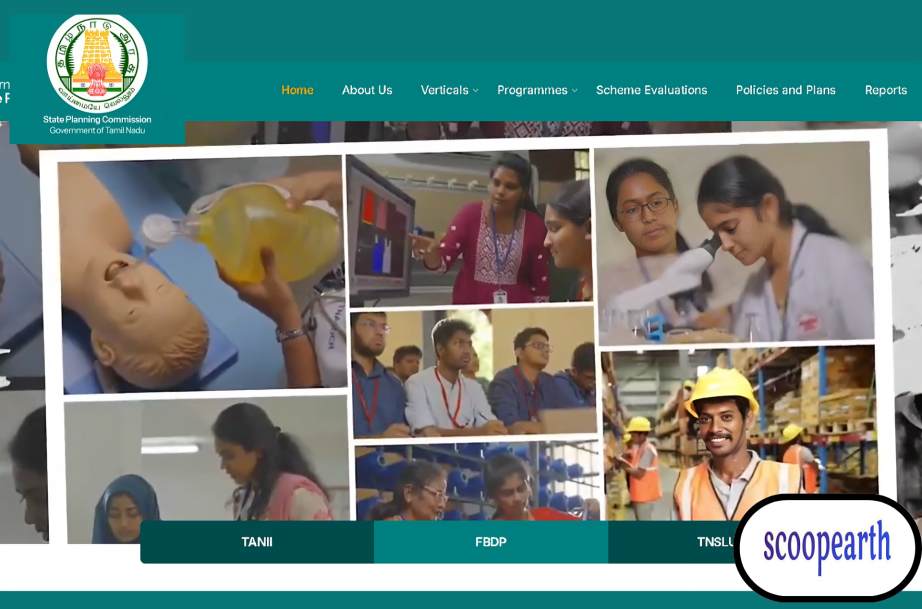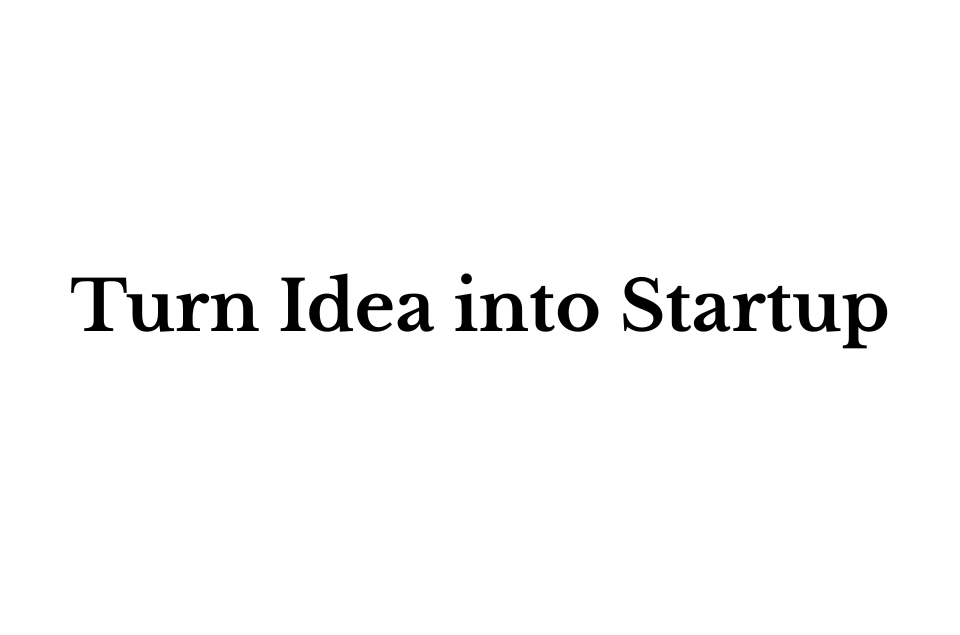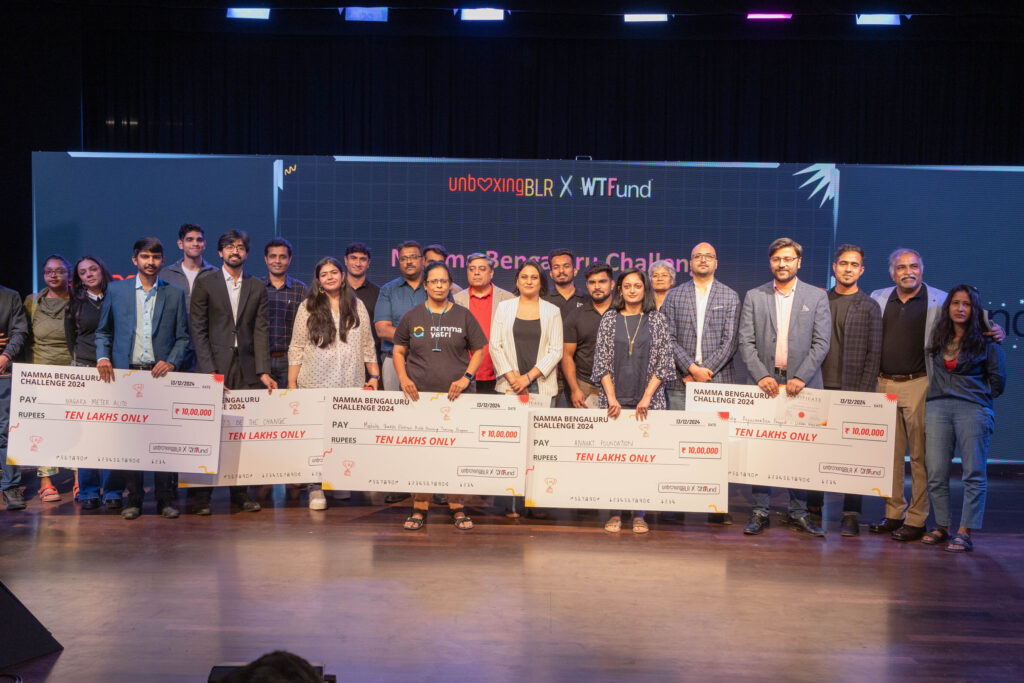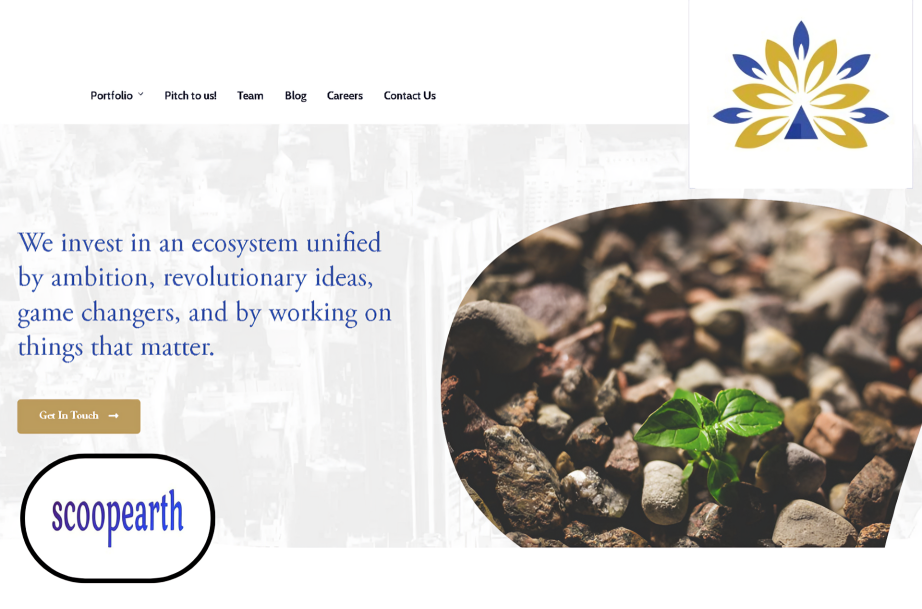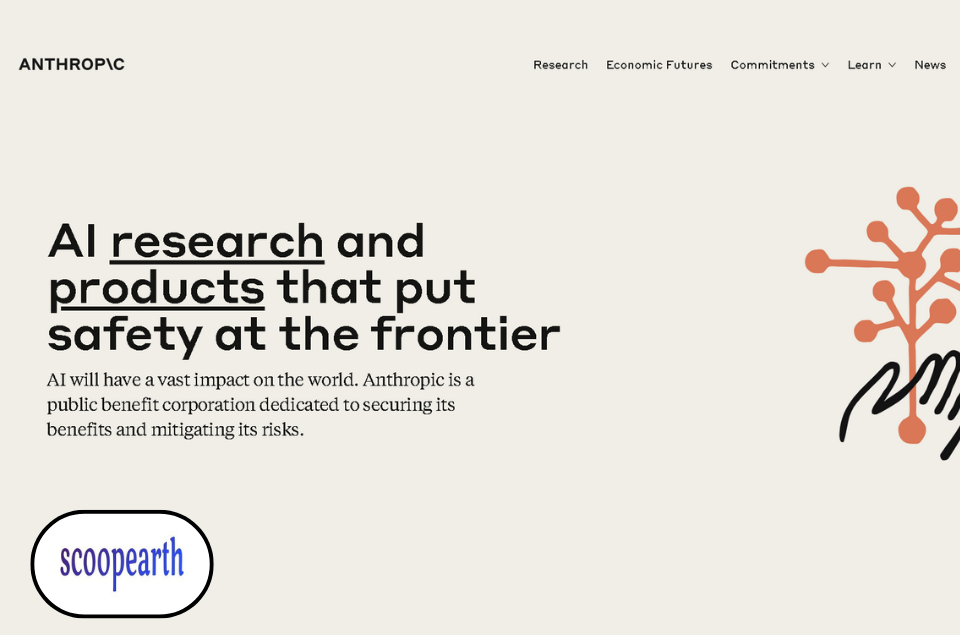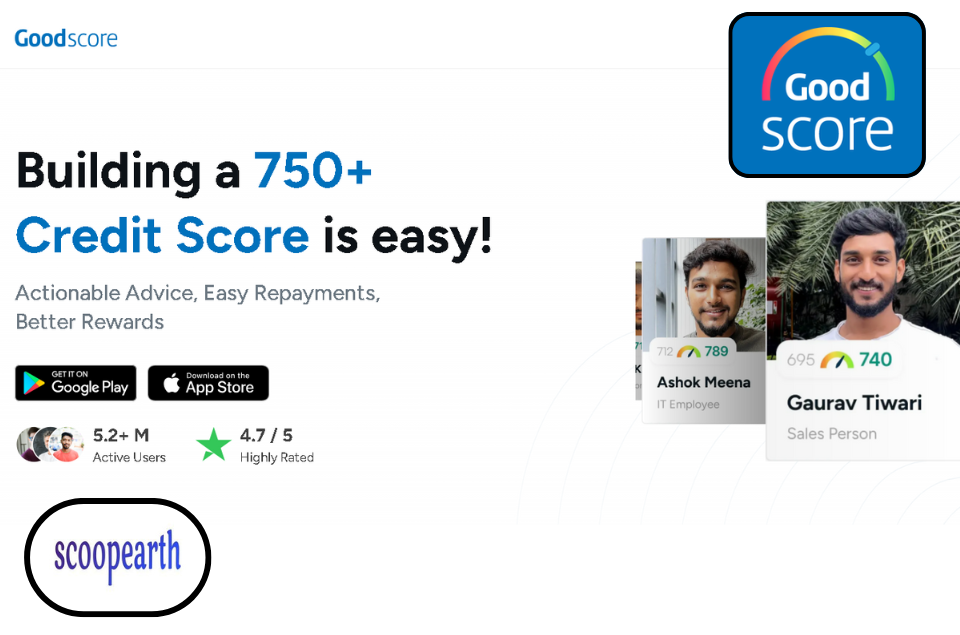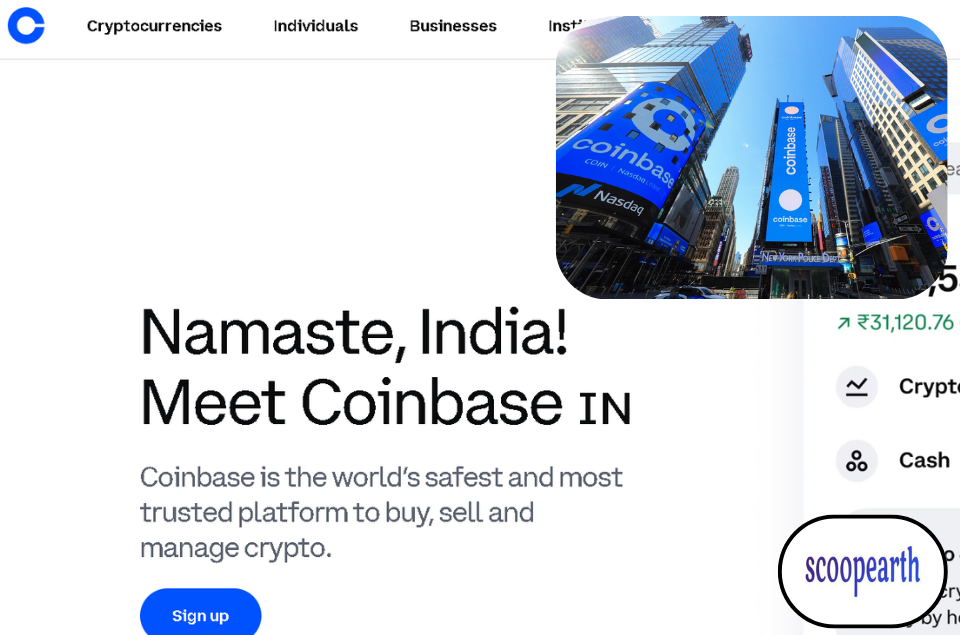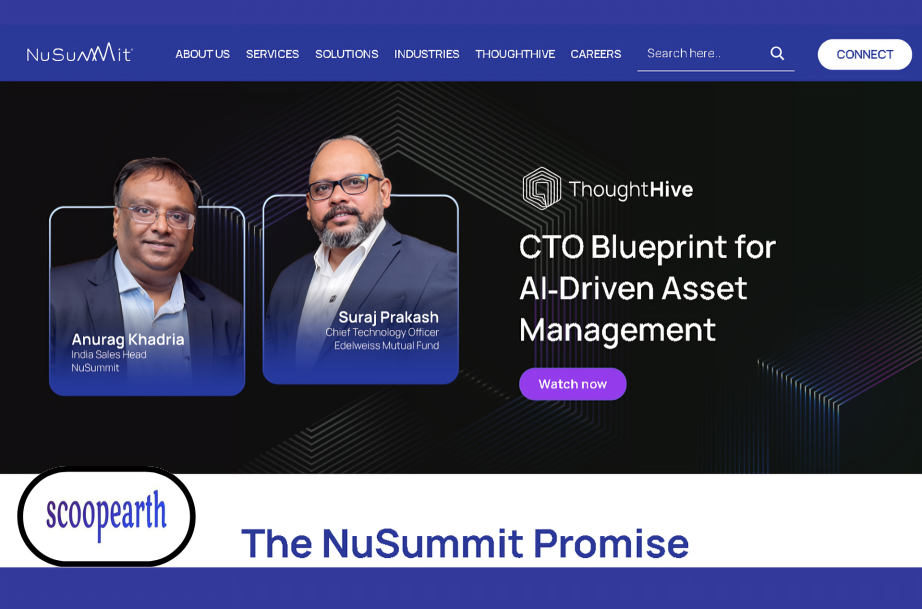Geometric Deep Learning: The Next Big Thing in Data Science
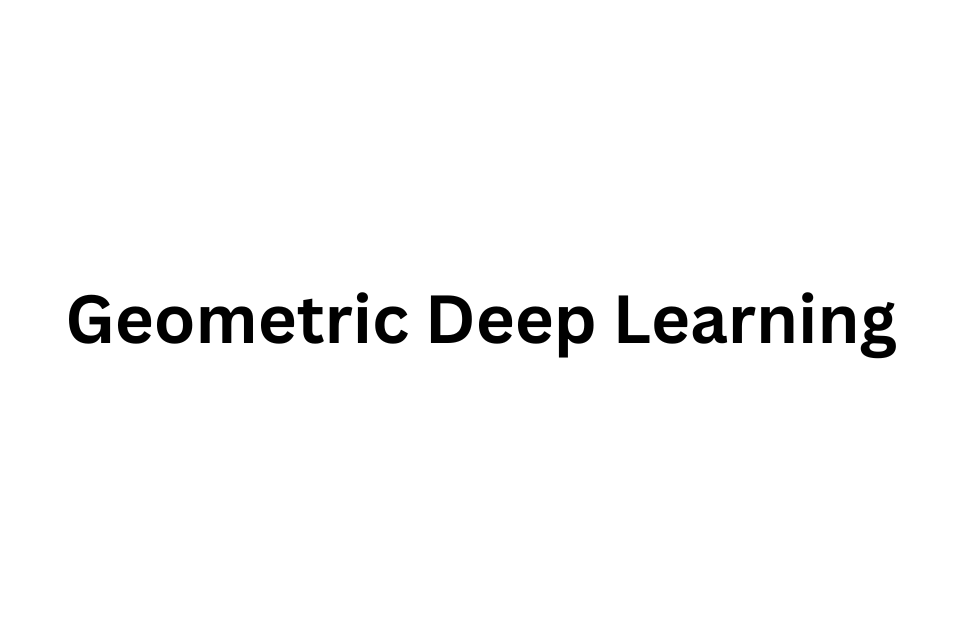
SUMMARY
By Dheelep Sai Gupthaa | October 2025
Technical Writer at NearLearn
Why Regular Neural Networks Fall Apart When It Comes to Relationships
We have gotten pretty good at teaching machines to recognize images, understand text, and even guess what might happen next in a time series. But here is the thing-most of our current machine learning models completely fall apart when the data is not neatly organized. I am talking about data that is messy and full of relationships-stuff like social networks, molecules, or anything that looks more like a web than a spreadsheet.
That is where geometric deep learning and graph neural networks (GNNs) come in. You might not have heard much about them yet (they are still kind of niche), but they are quietly changing how we deal with structured, interconnected data. Not the boring “rows and columns” kind of structure. I mean the messy, real-world kind, where everything connects to everything else.
What Makes This Different From Normal Deep Learning
Traditional deep learning works great when your data fits into something with order. CNNs love images because they are basically grids of pixels. RNNs do well with text because words come in a sequence. So those models know how to deal with “structured in a regular way” data.
But what if your data looks like a network of relationships instead of a neat sequence? Think about a social network where people are connected through friendships. Or a molecule, where atoms connect through bonds. Or a knowledge graph that links concepts together. You cannot just flatten that kind of data into a table.
Geometric deep learning is basically a way to extend neural networks to handle this type of non-Euclidean data. Instead of working with pixels or word sequences, these models work on graphs. The nodes are entities, the edges are relationships. It is not just a clever math trick-it is a totally different way of thinking about learning from systems where how things connect matters as much as what those things are.
How Graph Neural Networks Actually Work
The main idea behind GNNs is something called message passing. It sounds fancy, but it is actually kind of simple once you get it.
Here is how it works: every node in your graph gathers information from its neighbors. It passes that through some neural network layers, updates its own internal state (you can think of it like updating its “understanding” of itself), and repeats the process. After a few rounds, each node has a pretty good idea of not just what it is, but how it fits into the bigger network.
This setup also have something good called permutation invariance. Normally, with GNNs, order of input doesn’t matter. If you shuffle the nodes or edges, you still get the same result because graphs don’t have natural ordering. Traditional neural nets usually care a lot about input order, so this flexibility is a big deal.
Real-World Places You’ll See GNNs in Action
You might be wondering-okay, but who is actually using this stuff? Turns out, quite a few people are.
Pharmaceutical companies are jumping on GNNs to find new drugs faster. Molecules are literally graphs: atoms are nodes, bonds are edges. Instead of chemists manually guessing what might work, GNNs can learn those relationships directly and predict which molecules could become good drug candidates.
Banks are using them to catch fraud. Fraud is not random-it happens in networks. A ring of bad accounts might pass money between each other, and GNNs are great at spotting those suspicious patterns across connected nodes. Traditional fraud detection models look at transactions one at a time and completely miss those relational signals.
Recommendation systems are another big one. Netflix, Spotify, Amazon-they all rely on graph-based systems now. Instead of saying “people who liked X also liked Y,” GNNs look at the full web of relationships between users, items, and context. That is why modern recommendations sometimes feel eerily accurate-they are navigating an actual knowledge graph of what you and everyone else do.
Even city planners are using GNNs. Traffic networks are graphs too: intersections are nodes, roads are edges. GNNs can predict how traffic will flow, spot bottlenecks, and help optimize infrastructure planning. So the same kind of math that helps find new drugs can also help manage rush hour.
What Still Makes This Hard
This might sound all powerful, but to be honest, GNNs are still a bit of a mess in some areas. There are a few open problems that researchers are actively trying to solve.
Scalability is brutal. Training GNNs on massive graphs-think millions of nodes-takes forever and costs a ton of computing power. Since every node needs to talk to its neighbors, the number of calculations explodes.
Then there is something called over-smoothing. The more layers you add to make nodes “see” farther into the graph, the more their representations start to look the same. At some point, every node becomes almost identical, which kills the model’s usefulness. People are trying tricks like residual connections and attention mechanisms to fix this, but it is still not perfect.
Real-world graphs are messy, too. Not all nodes and edges are the same. A social network, for instance, has users, posts, comments, likes-all different kinds of things connected in different ways. Handling that kind of mixed structure is still tough.
And, like with most deep learning, explainability is a pain. GNNs can make accurate predictions, but good luck explaining why they made them. In healthcare or finance, that is not optional-it is a dealbreaker.
How to Actually Learn This Skills
If you are data scientist and want to start learning GNNs, here is what to do.
First, brush up on basic graph theory. You need to know what adjacency matrices are, how traversals work, what connected components mean-all that. Honestly, understanding the data structure itself is half the challenge.
Then get familiar with PyTorch Geometric and DGL (Deep Graph Library). These frameworks make working with graphs a lot less painful. You can focus on the actual model instead of reinventing the math every time.
Start small with node classification problems. The Cora and PubMed datasets are popular for that. You will have some labeled nodes and need to predict labels for others. Once that clicks, you can move on to bigger and messier datasets.
Understanding the data structure itself is half the challenge. If you are serious about building a strong foundation, data science courses from institutes like NearLearn can provide structured learning paths that cover both fundamentals and emerging technologies like geometric deep learning.
After that, try real-world projects. Maybe model your company’s user-product graph and see if you can improve recommendations. Or use a co-authorship network to predict which research collaborations might be successful. That is when it starts feeling less like an abstract idea and more like a tool you can actually use.
Why This Matters Right Now
Everything in our world is connected-social networks, supply chains, power grids, biology, transportation, you name it. But traditional data science tends to treat every data point like it exists on its own. That is fine for some problems, but not for systems where relationships are the whole story.
Geometric deep learning gives us a way to model that connectedness directly. It is not just about predicting outcomes-it is about understanding how things influence each other in complex systems. And as data gets more interconnected, that kind of thinking is going to be crucial.
If your organization deals with relational data (and honestly, almost every organization does), it is not about if you should look into GNNs-it is about when. The companies already using them are quietly getting ahead.
Final Thoughts
Geometric deep learning is not just another shiny AI buzzword. It is a shift in how we think about data itself. Instead of seeing information as isolated points, it treats it as part of a living, breathing network.
The field is still young, so there is room to explore and experiment without being buried under decades of research. But it is also mature enough that the tools actually work. If you are in data science and want to stay relevant, learning how to work with graphs is a smart move.
Once you start seeing the world through the lens of graphs-relationships, networks, connections-it is hard to unsee it. To be honest, almost everything interesting in data science right now is happening between the nodes, not inside them.
You do not have to learn all this in isolation either. The jump from traditional machine learning to graph-based methods can be steep if you are doing it solo. That is where structured AI and ML training makes a real difference. Programs like those at NearLearn give you hands-on experience with the frameworks, datasets, and real-world applications that matter. You are not just watching tutorials-you are actually building things, making mistakes in a safe environment, and learning what works before you need to apply it on the job.
So yeah-maybe it is time to start thinking in graphs.
About the Author:
Dheelep Sai Gupthaa is a CEH-certified Cybersecurity Professional and Technical Writer at NearLearn, where he specializes in making AI, machine learning, and data science concepts accessible to professionals. With hands-on experience in security engineering and emerging technologies, he helps learners navigate the evolving tech landscape. Explore NearLearn’s data science and AI training programs at nearlearn.com.
Note: We at scoopearth take our ethics very seriously. More information about it can be found here.

